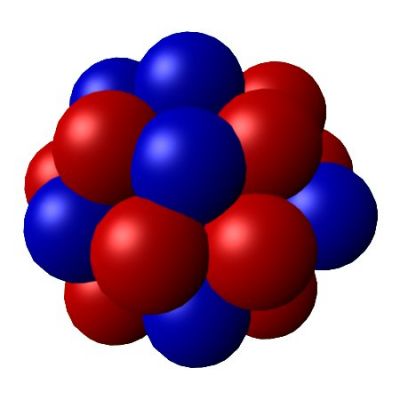Non-destructive control of single atoms

Atoms,fot. public domain
It has only been about 10 years since pioneering experiments started on quantum gases trapped by laser beams. Now, scientists have pointed the way to use of a highly sensitive technique for manipulation of the spin of a single atom in such a system.
An optical lattice is a periodic optical potential field (it has
spatially dependent potential energy) created by the interference of
counter-propagating laser beams. The dynamics of ultracold atoms in
optical lattices are very much like those of solid-state systems, but
with superior purity, regularity and tunability. This makes optical
lattices a fertile test bed for the most exciting predictions in quantum
engineering.
With EU support of the project 'Quantum control: Manipulating and
interfacing selected atoms in optical lattices with light' (QNDLATTICE),
scientists set out to merge the study of ultracold atoms in optical
lattices with non-destructive (quantum non-demolition (QND))
measurements. QND measurements exploit the interaction of light with the
atomic states in optical lattices. They enable one to observe a quantum
system without altering it due to interference with the measurement
apparatus itself.
Optical imaging of a single lattice site was achieved just prior to
initiation of the reintegration grant, but the optical approach is
expensive and technically quite complicated. During the reintegration
phase, researchers focused on QND detection and manipulation in the
optical lattice. In addition to being simpler, this technique is more
sensitive because it exploits frequency that is relatively easy to
control.
Given the lack of theoretical background merging the two distinct
fields, the QNDLATTICE group developed the required simulation code.
This enabled scientists to create and publish new architectures for
scalable quantum computation, atomtronics and quantum control of
many-body states using QND measurements. Development of a new laser
system for QND imaging of ultracold atoms led to the first-ever probing
of such atoms in optical lattices using the Faraday interaction (of
light and a magnetic field).
The experimental setup and theoretical background for QND
manipulation of individual sites in an optical lattice have been
established. The objective is expected to be reached within a half-year
of project-end. Access to an inexpensive and relatively simple
experimental setup to manipulate the spin of a single atom will open a
new window onto the quantum world. It will be an invaluable tool in the
hands of the best and brightest.
published: 2015-02-05